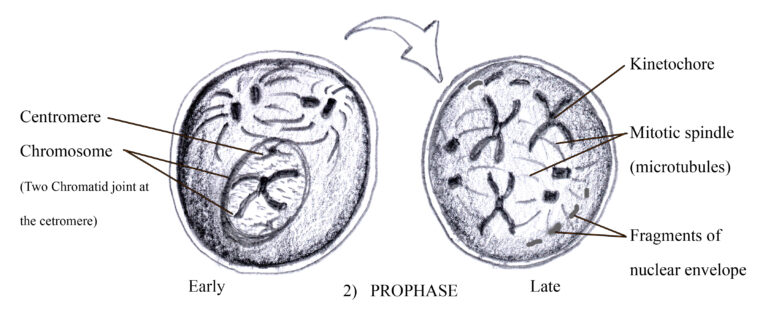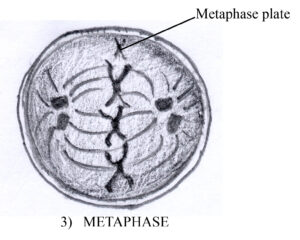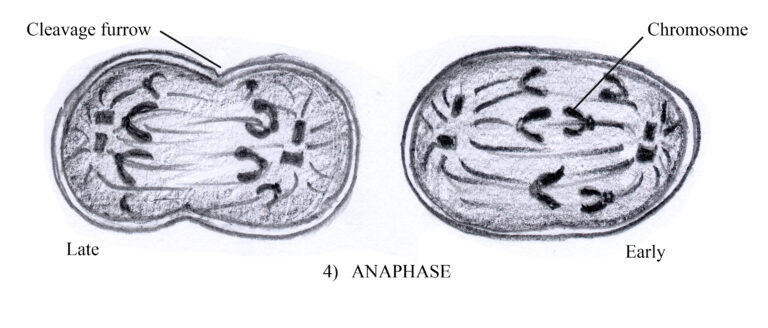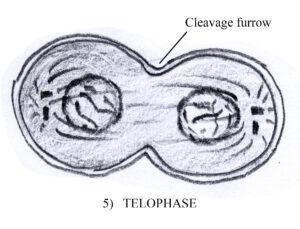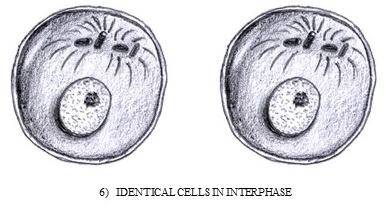G1 phase
· The G1 phase is the interval between the mitotic phase and the S phase.
· This stage is the metabolically active and it replicate most of its organelles and cytosolic components but does not replicates its DNA.
· It takes 8-10 hours to complete G1 phase. Some muscle cells and nerve cells do not reproduce themselves, such type of cells are in G0 phase. If the cell die, their function also lost.
S phase
· The interval between G1 and G2 and it is lasts about 8 hours. In this stage DNA replication occur and two identical cells are formed.
G2 phase
· The G2 phase is the interval between the S phase and the mitotic phase. It lasts 4 to 6 hours.
· In this stage complete replication of centrosome occur and also protein and enzyme synthesis are continues for cell division.
· During DNA replication in S phase, its helical structure partially uncoils, and the two strands separate at the points where hydrogen bonds connect base pairs.
· Each exposed base of the old DNA strand then pairs with the complementary base of a newly synthesized nucleotide.
· A new DNA strand is taking shape due to the formation of chemical bonds between neighboring nucleotides.
· The uncoiling and complimentary base pairing continues until each of the two original DNA strands is joined with a newly formed complementary DNA strand.
· The original DNA molecule has become two identical DNA molecules.
Mitotic phase
· The mitotic phase results in the formation of two identical cells, which consist of a nuclear division (mitosis) and cytoplasmic division (cytokinesis). The mitotic phase is divided into four phases:
1. Prophase
2. Metaphase
3. Anaphase
4. Telophase
Prophase
· In the earlier of this phase the chromatin becomes tightly coiled or condense into chromosomes that are easier to see under microscope. This process helps to prevent entangling of the long DNA strands.
· Each prophase chromosome consists of a pair of identical strands called chromatids. The two chromatids are joined to each other at the centromere.
· At the outside of each centromere is a protein complex known as the kinetochore.
· Later in prophase, tubulins in the pericentriolar material of the centrosomes start to form the mitotic spindle (assembly of microtubules that attach to the kinetochore).


